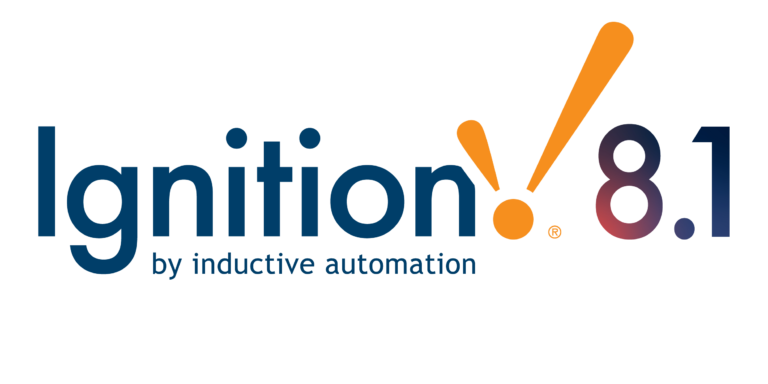-
Call Us
+91 8056273540
Successfully transforming the Industrial Manufacturing Business to achieve excellence for over 25 years!
276, 2nd Main Road, Nehru Nagar,
Kottivakkam, OMR, Chennai – 600096, India.
: 91 8056273540
(Monday - Friday)
background
Our client, a leading manufacturer of rubber seals, embarked on a digital transformation journey to improve their production efficiency, data accuracy, and overall equipment effectiveness (OEE). The company operates in a highly competitive market where precision, consistency, and efficiency are critical to maintaining their market position and profitability.
Challenges addressed
1. Machine Tagging and Data Collection: The manufacturing facility operated various machines from different vendors, each with unique data formats and communication protocols. This diversity made it difficult to collect and standardize data accurately. The company needed a solution to ensure seamless and accurate data collection, either through direct machine tags or manual entry where necessary.
2. Scalability: As the company planned to scale its operations, there was a pressing need for a scalable solution that could handle increased data volume and complexity without compromising performance or usability. The goal was to have a system that could grow alongside the business, accommodating new machines and processes as they were introduced.
3. Reporting and Analysis: The existing system lacked robust reporting and analysis capabilities. The company needed tools that could generate actionable insights from the data collected by their Lean Production Management System (LPMS). Ensuring that dashboards and reports were meaningful, accessible, and useful for stakeholders across the organization was a critical requirement.
Solution implemented

The company opted for Ignition as the IIoT platform to integrate over 18 machines from different OEMs. Unified Namespace (UNS) was built to streamline data accessibility.
1. OEE Tracking: The LPMS system tracks Overall Equipment Effectiveness (OEE) metrics by capturing machine cycle time counts, downtime reasons, and comparing standard vs. actual cycle times. Real-time OEE metrics re displayed on user dashboards, providing insights into equipment performance and efficiency.
2. Production Order Tracking: Operators can initiate production orders by scanning QR codes, view production order details, and track the progress of each order. This feature enhances visibility and control over production processes, facilitating efficient order management and tracking.
3. Maintenance Management: The LPMS system provides comprehensive maintenance ticket management, tracking MTTR and MTBF, and notifications for maintenance tasks and events. This enables proactive maintenance management, minimizing downtime and maximizing equipment reliability.
4. Scrap Tracking: Scrap data is captured and recorded within the LPMS system, allowing users to categorize scrap reasons and analyze trends for continuous improvement. This functionality helps identify areas for reducing waste and improving product quality.
5. Preventive Maintenance Scheduling: The system offers an interface for scheduling planned maintenance activities, which contributes to calculating machine states and OEE. By scheduling preventive maintenance, organizations can reduce unexpected breakdowns and optimize equipment performance.
6. Production Planning: Users can create work orders against available production orders, facilitating allocation to specific machines. This function streamlines production planning and ensures efficient utilization of resources.
7. Dashboards & Reports: LPMS provides users with dashboards and reports in Ignition and Power BI platforms, offering visual insights into production performance, efficiency, and quality metrics. These tools enable data-driven decision-making and continuous improvement initiatives.
results aFTER 6 MONTHS
The initial phase of the digital transformation yielded significant improvements:
1. OEE Improvement: OEE improved by 21%, reflecting enhanced efficiency and productivity across the manufacturing process. This improvement was attributed to better machine utilization and reduced downtime, achieved through precise data collection and analysis.
2. Elimination of Material Starvation: The integration eliminated material starvation at all areas, leading to consistent factory output. This improvement facilitated better production planning and reduced the frequency of production stoppages caused by material shortages.
3. Improved Sub-System Coordination: Digitizing the process improved coordination between various sub-systems within the production line. Enhanced communication and data sharing between machines and departments streamlined operations and reduced bottlenecks.
4. Quicker and Accurate Measurement of MTTR and MTBF: The system enabled quicker and more accurate measurement of Mean Time to Repair (MTTR) and Mean Time Between Failures (MTBF). This led to more effective maintenance strategies and further reduced machine downtime.
ROI Calculation
The data collected over the next six months post-implementation demonstrated a substantial ROI:
1. Increased Production Capacity and OEE: The improvements in production capacity and OEE translated to significant financial gains.
2. Decreased Waste: Enhanced efficiency and better resource management reduced material waste, contributing to cost savings.
The total ROI from these improvements was 250k USD on a 75k USD investment. This impressive return was reinvested into the next phase of the digital transformation strategy, aimed at expanding the LPMS system to other factory locations.
Next phase
Building on the success of the first phase, the company plans to:
1. Expand Implementation: Extend the LPMS system to additional factory locations, leveraging the scalable architecture to replicate the benefits achieved in the initial facility.
2. Continuous Improvement: Utilize the data and insights gained to continuously refine and enhance production processes, driving further efficiency gains and cost savings.
conclusion
The digital transformation of the rubber seals manufacturing facility resulted in significant operational improvements and financial gains. By addressing key challenges in data collection, scalability, and reporting, the company achieved a substantial ROI and laid the groundwork for ongoing improvements and expansion. The successful integration of the LPMS system demonstrates the value of investing in digital technologies to drive efficiency and competitiveness in the manufacturing industry.
